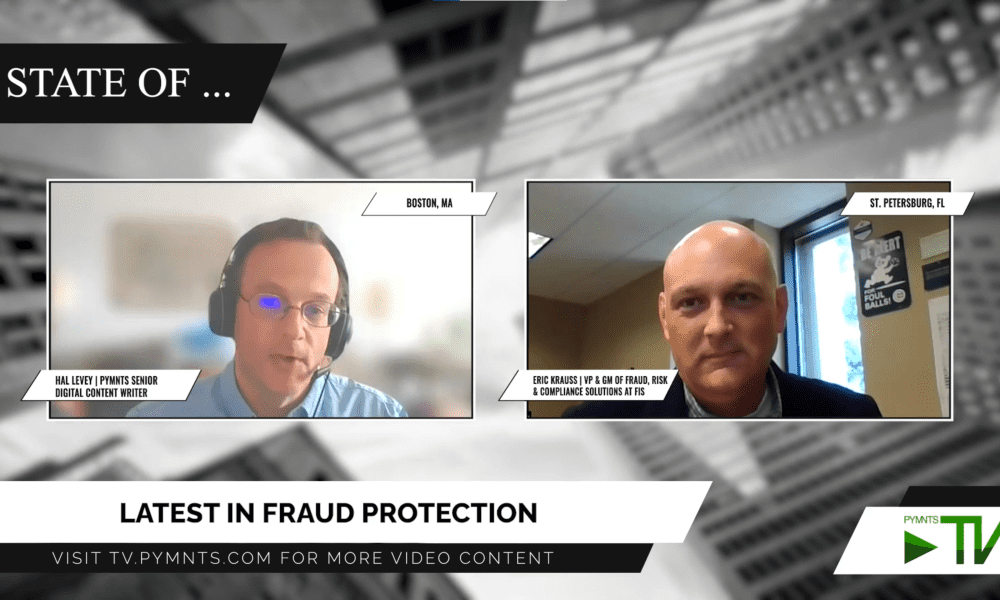Editorial | Cybercrime and banks | Commentary
With reports of cybercriminals targeting local bank networks, customers are understandably feeling vulnerable that they, too, might become targets in the future.
Cybercrime, to include online banking, is complicated. There are three critical groups to consider when examining cybercrime – organised criminals, victims, and those who seek to deter those criminals.
Online technologies have given birth to a new generation of fraudsters who have become experts at breaking into people’s accounts and illegally removing their money for their own benefit. It is happening all over the world despite the fact that some institutions have ramped up cybersecurity spending to keep these criminals at bay. It is estimated that breaches against banks have increased by 300 per cent since 2014, costing the industry some $1 trillion.
With the onset of the COVID-19 pandemic, many financial institutions accelerated their use of alternate platforms on which customers could conduct business in order to eliminate face-to-face interaction because of lock-down measures. By employing technology, the banking sector aims to be more efficient. Unfortunately, it is these same platforms that criminals are using to commit a litany of fraudulent actions, involving credit card scams, blackmail, and other illegal activities such as personal attacks.
ACUTE DAMAGE
Acute damage can be done to an economy by cybercriminals because they threaten the safety and security of the country. Not only do they develop methods to steal money, they also gain access to vital business information, which they can use to interrupt commercial activity. One of the looming threats is that people might take their money overseas if they get the sense that their funds are not safe in local banks. Besides, the monetary losses from these crimes are borne by customers and the banks, whose credit ratings and reputations could be shredded.
The Bank of Jamaica (BOJ), the country’s central bank, is itself not immune to these attacks. There are documented examples of central banks being hacked and millions of dollars siphoned off by hackers who can be anywhere from Bangladesh to Vietnam. Therefore, the BOJ has an overriding…




